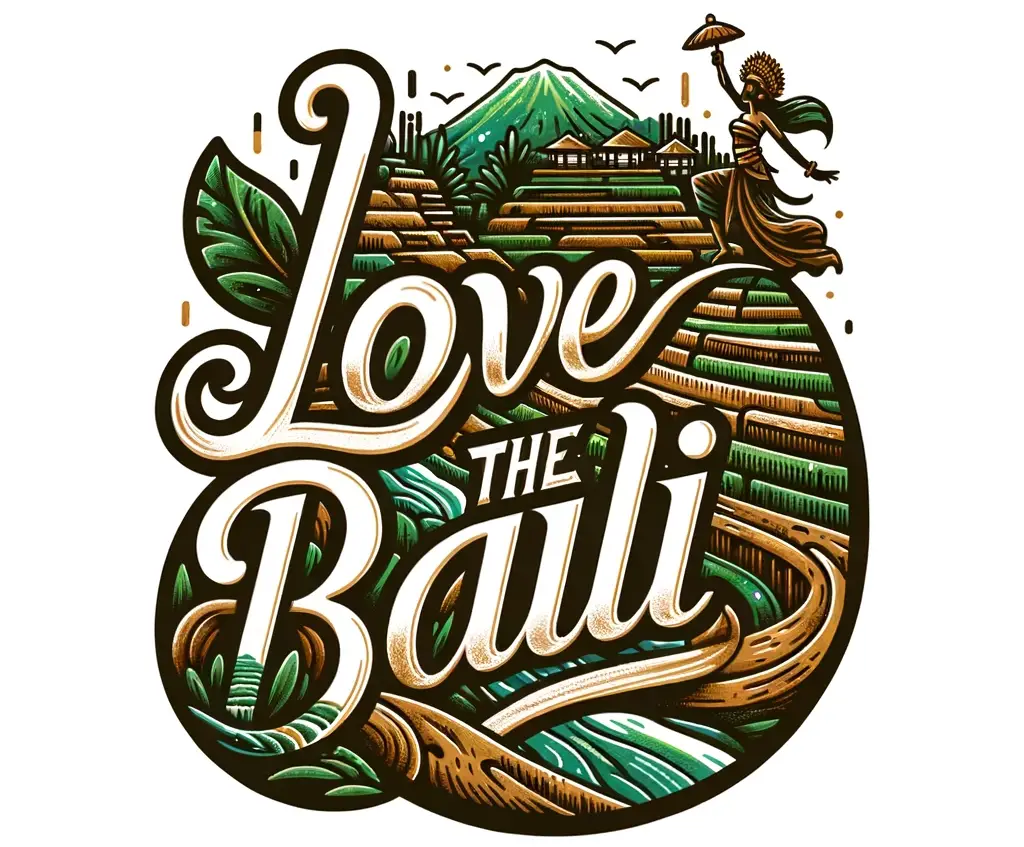The island of Bali in Indonesia is world-renowned for its vibrant culture, intricate temples, welcoming people, and pristine beaches. As a premier tourist destination that attracts over 6 million visitors per year, Bali is a melting pot of languages from across Indonesia and the world.
This article explores the linguistic diversity present on the island by examining the major languages spoken in Bali as well as highlighting some of the challenges and opportunities presented by this multilingual environment. The purpose is to provide travelers and language enthusiasts alike with a deeper understanding of Balinese culture through an appreciation of its languages.
Main Languages
Bahasa Indonesia

As the official and national language of Indonesia, Bahasa Indonesia plays a major role in Bali. Over 200 million people speak Bahasa Indonesia, making it one of the most widely spoken languages in the world.
Bahasa Indonesia is primarily based on Malay but has influences from other languages including Javanese, Sundanese, Minangkabau, Dutch, Sanskrit, Arabic, Chinese, and English. It is written using the Latin alphabet.
In Bali, Bahasa Indonesia is ubiquitous in government institutions, schools, mass media, and urban areas. Most Balinese people speak Bahasa Indonesia fluently, especially the younger generation. It serves as a lingua franca allowing people from Bali’s different linguistic groups to communicate effectively.
Tourists will find Bahasa Indonesia useful to know, particularly when interacting with shop owners, ordering food, asking directions, making purchases, and other everyday activities. Here are some essential Bahasa Indonesia phrases:
- Hello – Halo
- Thank you – Terima kasih
- How much is this? – Berapa harganya?
- Where is the bathroom? – Dimana kamar mandi?
Balinese
As the native language of the Balinese people, Balinese holds significant cultural and spiritual importance on the island. There are over 3.5 million speakers worldwide, with most Balinese residents speaking it as their first language.
Balinese has several regional dialects but is generally divided into three linguistic levels denoting formality – basa ketah (everyday language), basa madia (polite/middle language), and basa singgih (honorific language used in rituals).
While Balinese shares vocabulary with Bahasa Indonesia, it has its own unique script called Aksara Bali. Balinese is mainly spoken in rural villages, homes, and traditional ceremonies rather than urban areas. Visitors may hear it used frequently in Ubud and other inland regions.
Here are some polite Balinese phrases tourists can use:
- Hello – Om Swastiastu
- Thank you – Suksma
- Excuse me – Nuksma
Additional Languages
English
While not an official language, English plays an important tertiary role in Bali. It serves as the primary foreign language used in tourism. Most large hotels, restaurants, and shops located in major tourist areas will have staff members who speak basic English.
Younger Balinese working in the tourism industry tend to have better English-speaking abilities than older generations. Still, levels of proficiency vary greatly across the island.
Here are some useful English phrases tourists can use in Bali:
- Hello – Hello
- Thank you – Thank you
- How much is this? – How much is this?
- Where is the bathroom? – Where is the bathroom?
Other Languages
Several other languages have a minor presence in Bali due to tourism, immigration, and foreign residents. These include Chinese, Japanese, Korean, French, German, and Russian among others. Most foreign languages are only spoken within specific expat communities or tourist areas catering to those nationalities.
Challenges and Opportunities
The multilingual environment in Bali presents some linguistic barriers but also opportunities for cultural exchange.
Some challenges tourists may face include:
- Difficulty communicating needs and preferences
- Frustration over language barriers
- Getting overcharged by vendors exploiting language gaps
However, there are also rich opportunities for visitors and locals alike:
- Learning conversational Bahasa Indonesia and Balinese
- Appreciating the island’s linguistic diversity
- Building connections through cultural and language exchange
- Preserving endangered regional dialects
Ongoing efforts to promote the Balinese language in schools and communities help ensure that future generations stay connected to their cultural heritage.
Conclusion
From Bahasa Indonesia uniting the nation to Balinese connecting people with their history, the languages of Bali reflect the richness of the island. Though language barriers exist, they can foster greater patience, understanding, and curiosity.
By learning a few Indonesian or Balinese phrases, tourists gain a deeper appreciation for Bali’s welcoming spirit. And by supporting preservation efforts, visitors help safeguard this linguistic diversity for generations to come.
The languages of Bali offer a window into its vivacious culture. Listen closely to the melodious mix of tongues and discover the heart of this island. Selamat Jalan! (Happy Travels)
Glossary of Balinese Phrases
- Om Swastiastu – Hello/Goodbye
- Suksma – Thank you
- Nuksma – Excuse me
- Sareng sami – You’re welcome
- Apa kabar? – How are you?
- Saba lemeg – I’m fine

